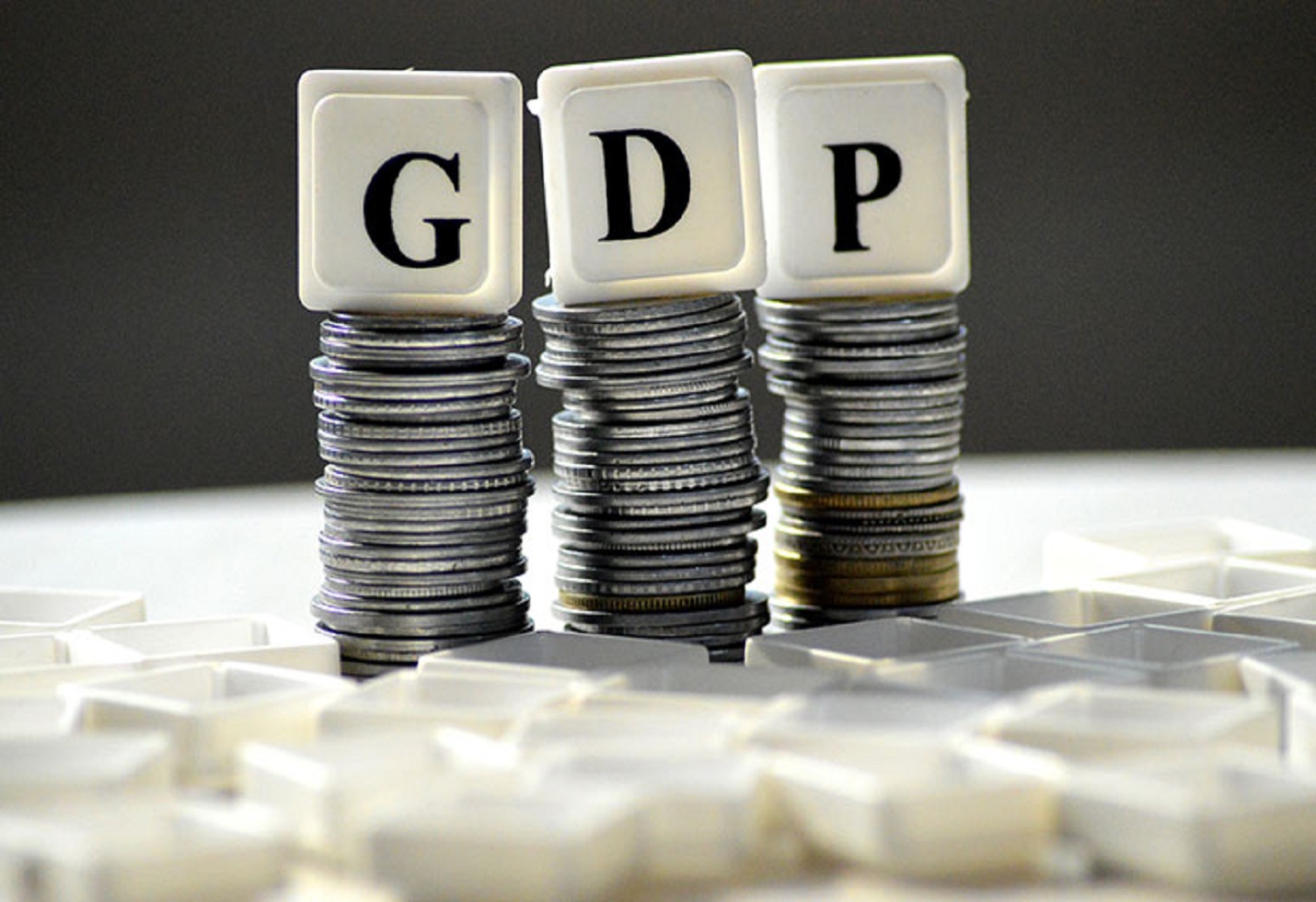Crude Oil Soars: Israel-Iran Tensions and OPEC Risks
Geopolitical tensions drive oil prices higher as markets price in $10 per barrel risk premium; concerns grow over supply disruptions via Strait of Hormuz.
Summary:
Crude oil prices surged as the Israel-Iran conflict entered its seventh day, intensifying fears of a disruption in global oil supply from key OPEC producers. Goldman Sachs estimates a $10 per barrel risk premium has been priced in due to heightened geopolitical risk. While the U.S. Federal Reserve kept interest rates steady, its dovish outlook lifted oil demand expectations, further supporting bullish sentiment in crude markets.
Crude Oil Prices Surge as Israel-Iran Conflict Raises OPEC Supply Concerns
Global crude oil prices have resumed a sharp upward rally amid escalating geopolitical tensions in the Middle East. As the Israel-Iran conflict entered its seventh consecutive day, markets are increasingly concerned about potential supply disruptions from OPEC nations, especially those with oil shipments passing through the Strait of Hormuz—the world’s most crucial oil transit chokepoint.
With growing fears that the ongoing conflict could spill over into wider regional instability, benchmark oil prices — Brent crude and West Texas Intermediate (WTI) — have surged, adding nearly $5-$7 per barrel over the past week. Analysts believe that the market has now priced in a $10 per barrel risk premium, according to a note from Goldman Sachs, reflecting fears of potential supply outages or shipping disruptions.
Strait of Hormuz: A Geopolitical Flashpoint
The Strait of Hormuz, a narrow passage connecting the Persian Gulf to global markets, remains a strategic and vulnerable corridor. Roughly 20% of the world’s oil trade and nearly 30% of liquefied natural gas (LNG) passes through it.
In the past, both Iran and its proxies have threatened to block or disrupt traffic through the strait in response to escalating hostilities. While there are no current signs of full-scale disruption, even a perceived threat is sufficient to jolt oil markets, given the importance of Gulf oil supplies from producers such as Saudi Arabia, the UAE, Iraq, and Iran.
OPEC’s ability to maintain a stable supply has thus been brought into question, with traders closely monitoring tanker movements, insurance premiums, and naval patrols in the region.
Goldman Sachs Flags $10/Barrel Risk Premium
In its latest commentary, Goldman Sachs highlighted that the current oil prices include a geopolitical risk premium of around $10 per barrel, reflecting investor unease over potential regional escalation. The bank noted that should the conflict remain confined and not disrupt physical oil flows, prices may stabilize in the short term. However, if Iranian exports are sanctioned or blocked, or if OPEC nations face transportation hurdles, prices could spike significantly.
A more extreme outcome — such as coordinated attacks on oil infrastructure or full-scale maritime conflict — could push Brent crude towards $100 per barrel or more, Goldman added.
Federal Reserve Holds Rates, Demand Outlook Brightens
While the geopolitical narrative has been the dominant price driver this week, macroeconomic signals are also contributing to crude’s bullish momentum. The U.S. Federal Reserve, in its recent policy meeting, held interest rates steady but signalled the possibility of rate cuts later in the year. This dovish shift improved the outlook for oil demand, particularly in the U.S., the world’s largest consumer of crude oil.
Lower interest rates typically support higher consumption by easing credit conditions, spurring manufacturing, and increasing energy use. The Fed’s message has thus reassured investors that recession risks are receding, leading to higher projected demand for transportation fuel, industrial energy, and petrochemicals.
OPEC+ Strategy May Be Tested
The current surge in oil prices also puts the spotlight back on OPEC+, the extended alliance of oil-producing nations led by Saudi Arabia and Russia. In recent months, OPEC+ has maintained output cuts to support prices amid weakening global demand.
However, any supply loss from Iran or disruptions in Gulf exports could force the cartel to revisit its production strategy. Analysts suggest that Saudi Arabia may be reluctant to increase production prematurely, especially if prices continue to climb and the market balance remains uncertain.
Some OPEC+ members may also use the current crisis as an opportunity to maximize revenues, given higher price realizations, even as the group faces scrutiny over compliance and coordination.
Market Outlook: Volatility Ahead
With crude prices reacting sharply to both geopolitical developments and monetary policy cues, the outlook remains highly volatile. Key factors to watch in the coming days include:
Any retaliatory or escalator actions from Iran or Israeli allies
Disruption or military buildup near the Strait of Hormuz
Fresh sanctions or export restrictions on Iranian oil
OPEC+ emergency meetings or adjustments to production quotas
U.S. inventory data and global demand indicators
If geopolitical tensions subside, a correction may follow. However, if the conflict expands or oil infrastructure is targeted, traders warn that oil could enter a super-spike phase not seen since the Russia-Ukraine war-induced highs of 2022.
India and Emerging Markets: Cause for Concern
For oil-importing countries like India, the surge in crude prices spells renewed pressure on inflation, current account deficits, and currency stability. India imports over 85% of its crude requirements, and any sustained rally above $90 per barrel could strain public finances and force a relook at fuel subsidies and pricing policies.
The RBI and the Ministry of Finance are likely monitoring these developments closely, particularly given the ripple effect on diesel and petrol prices, logistics costs, and overall consumer inflation.
Conclusion: Markets on Edge, Awaiting Clarity
As the Israel-Iran conflict drags on, oil markets remain on tenterhooks, caught between fear of supply shocks and hope for diplomatic de-escalation. While fundamentals remain strong and demand forecasts have improved, it is the politics of oil that now dominate market psychology.
Until clear signs of resolution or strategic redirection emerge, volatility is expected to persist, with traders bracing for sharp swings and headline-driven market moves in the energy space.
:
The image added is for representation purposes only










